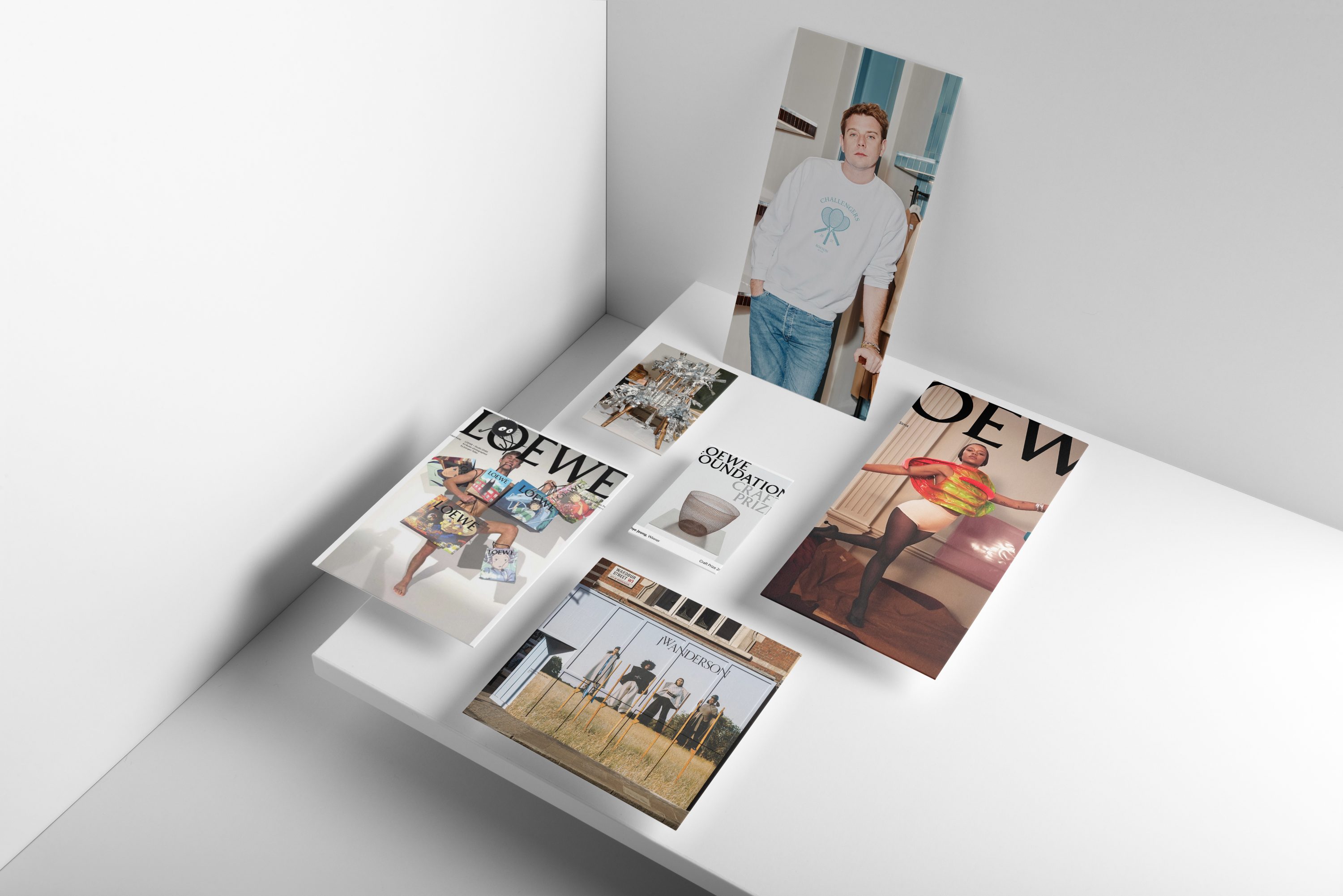3 Lessons From Loewe’s Revival
By Neal Bhattacharya
LOEWE is coming into its own as a house that blends the sunny and the subdued. Though the Madrid-based house was once a smaller part of the LVMH family, it was highlighted by LVMH as a high performer last year. In 2021, the company notched €456 million in sales. Jonathan Anderson is indisputably the driving force behind this growth. Since he took the helm as Creative Art Director in 2013, LOEWE’s Anderson’s imprint has brought the brand out of its sleepy loftiness into the fully vital house it is today. We look at 3 lessons to be learned from LOEWE’s phoenix-like transformation.



Index
- Utilize Brand DNA
- Let Individual Vision Flow
- Learn From Partner Brands
Utilize Brand DNA
Like Prada, the brand began as a fine leather goods manufacturer. With roots to the 19th century, the house was once patronized by Spanish royalty and Ernest Hemingway. But despite this lofty history, the maison remained relatively off the map. When LVMH first purchased it, back in the ‘90s, it was in fact one of the group’s lowest earners.
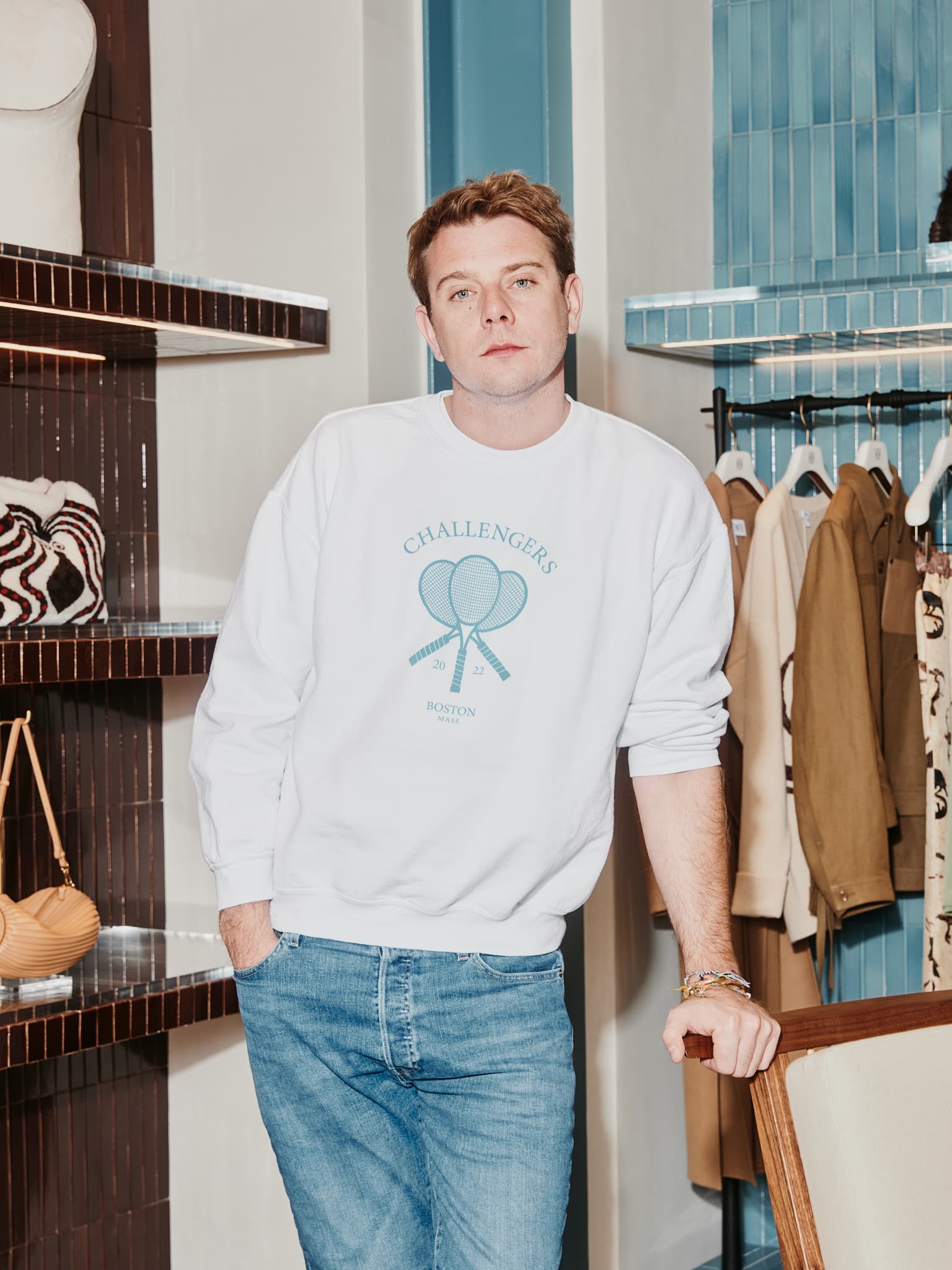
To rejuvenate a moribund brand, one might have the impulse to sever links with the past in hopes of starting anew. But perhaps Jonathan Anderson saw the potential in the LOEWE’s renown for artisanal leather. He harnessed LOEWE’s legacy in craftsmanship to great effect—a legacy that pairs well with his own obsession with traditional techniques. (Anderson is on the board of the V&A Museum, an institution dedicated to chronicling craftware.)
“Craft is the essence of LOEWE,” he said. “It is where our modernity lies, and it will always be relevant.” In one sentence, Anderson encapsulates what is perhaps at the heart of the brand’s revival. Attention to craft helps ground the company in its DNA, but it’s also the springboard for innovation. Nor has LOEWE merely paid lip-service to artisanal manufacture. The brand has poured material resources into advancing technique in both the practical and artistic spheres.
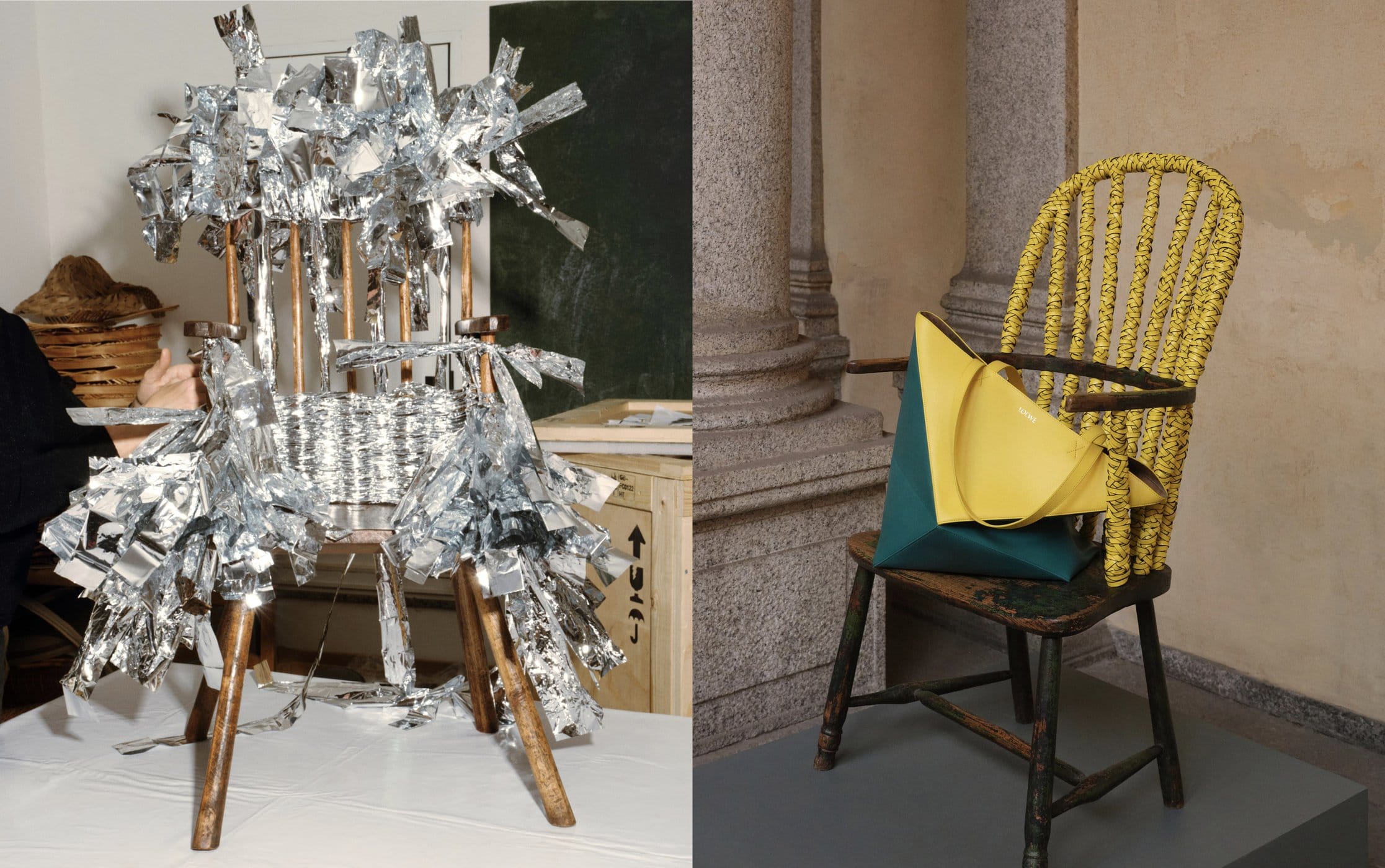
Since 2016, for example, LOEWE has sponsored The Craft Prize to award fresh takes on craftsmanship. (The most recent winner was awarded for a horsehair hat, an elegant piece that looks spun out of gossamer.) LOEWE hosts a similar prize for the visual arts. Ventures such as these strengthen the brand’s image as a company devoted to propelling craft to the bleeding-edge while nodding to traditional lines of influence.
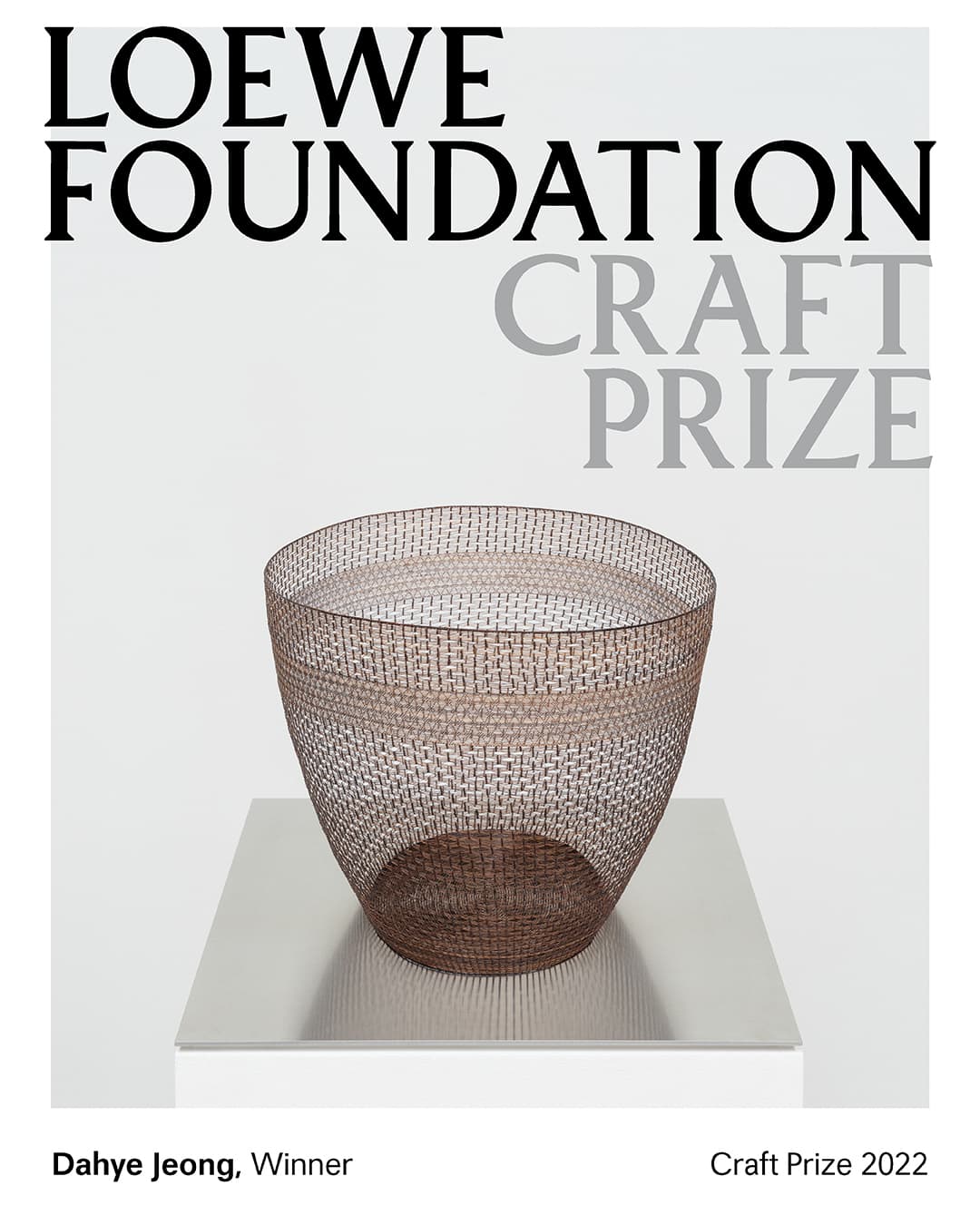
The dedication to craft that LOEWE has shown in the art world comes through in various ways in its own products. In one look in the SS24 collection, a model wears, somewhat absurdly, a garment that seems like it’s still being made, with a needle sticking out. The company has also made ample efforts to hone their artisanal leather practice, most notably by expanding the School of Leather in its Madrid factory. Through it, the house has sought to marry advances in material making with novel fashion design.
LOEWE’s hand-stitched bags—shaped out of napa, grained calfskin, and suede—are a product of this artisanal rigor. In its latest lines the natural luxury of the material is neatly juxtaposed with geometrical forms. The company’s success is easy to see: Spanish royalty once more don the maison’s bags.
Let Individual Vision Flow
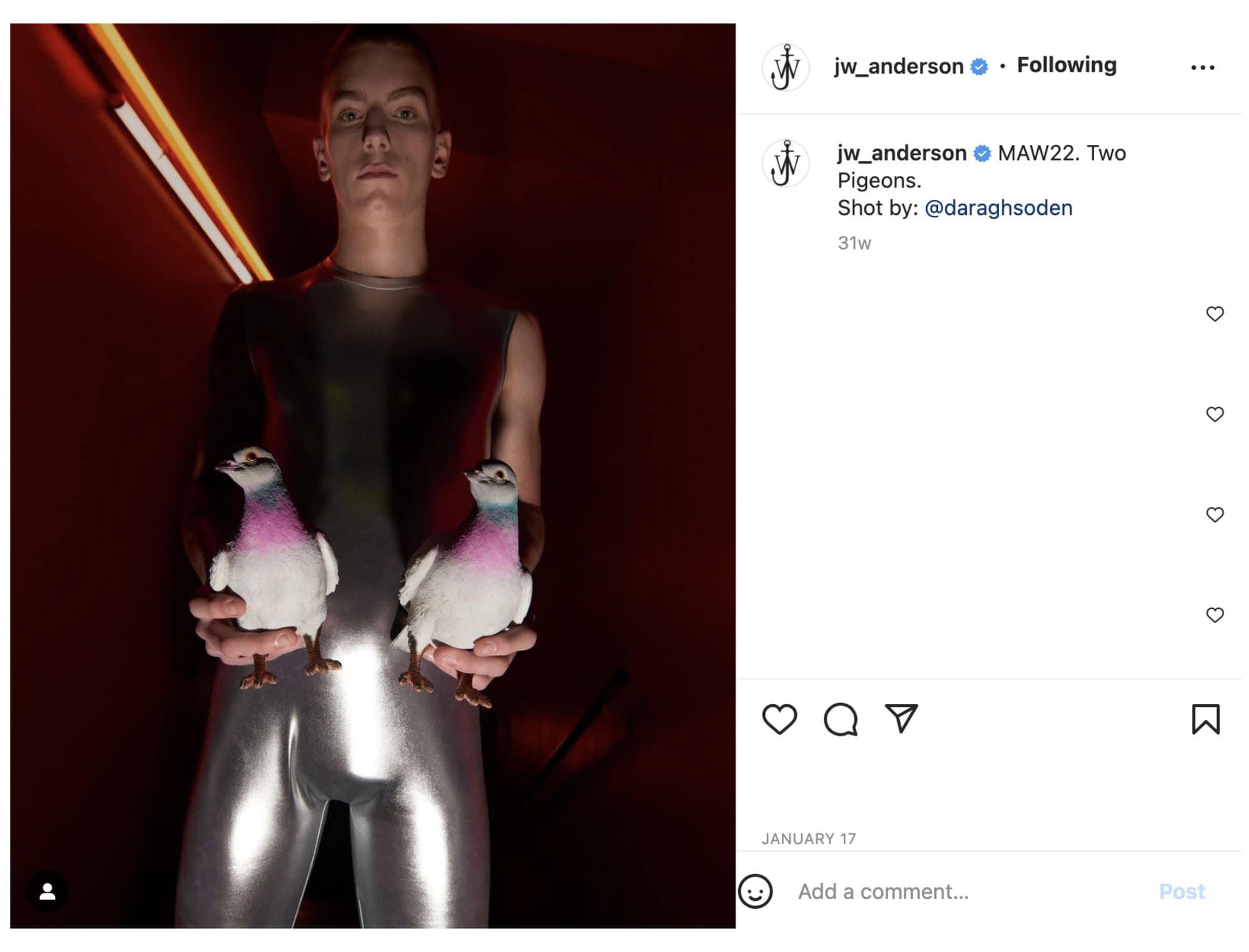
Yet the world’s finest material would mean nothing without a vision to shape it. Jonathan Anderson supplies this as well, and he has left his mark on the storied house. LOEWE’s revitalization can also be credited to the freedom that the Irish-based designer has been gifted with. Under Anderson LOEWE’s lines have carried within them just enough vivacity to arouse pique, while suppressing any hint of pretension. For LVMH, it must not have been a difficult decision to let Anderson take the reins. Before he signed on at LOEWE, he worked as a visual merchandiser for Prada and then started his eponymous label, JW Anderson (also owned by LVMH), in 2018.
That professional history may give some clues as to how he approached revitalizing the Spanish brand. After an intimate acquaintance with Prada, he may have learned the radicalness of returning to a brand’s roots, which we’ve covered in the last section. But it’s in JW Anderson’s collections, unsurprisingly, that we can witness Anderson’s wry sensibility. As The Impression has noted, the label is known for its pop cultural sampling and for striking a balance between the organic and artificial. Though it may come as a surprise from an Irish designer, JW Anderson is also chock full of anglophilia. References to mod and Eton style abound, as well as a general tweediness.

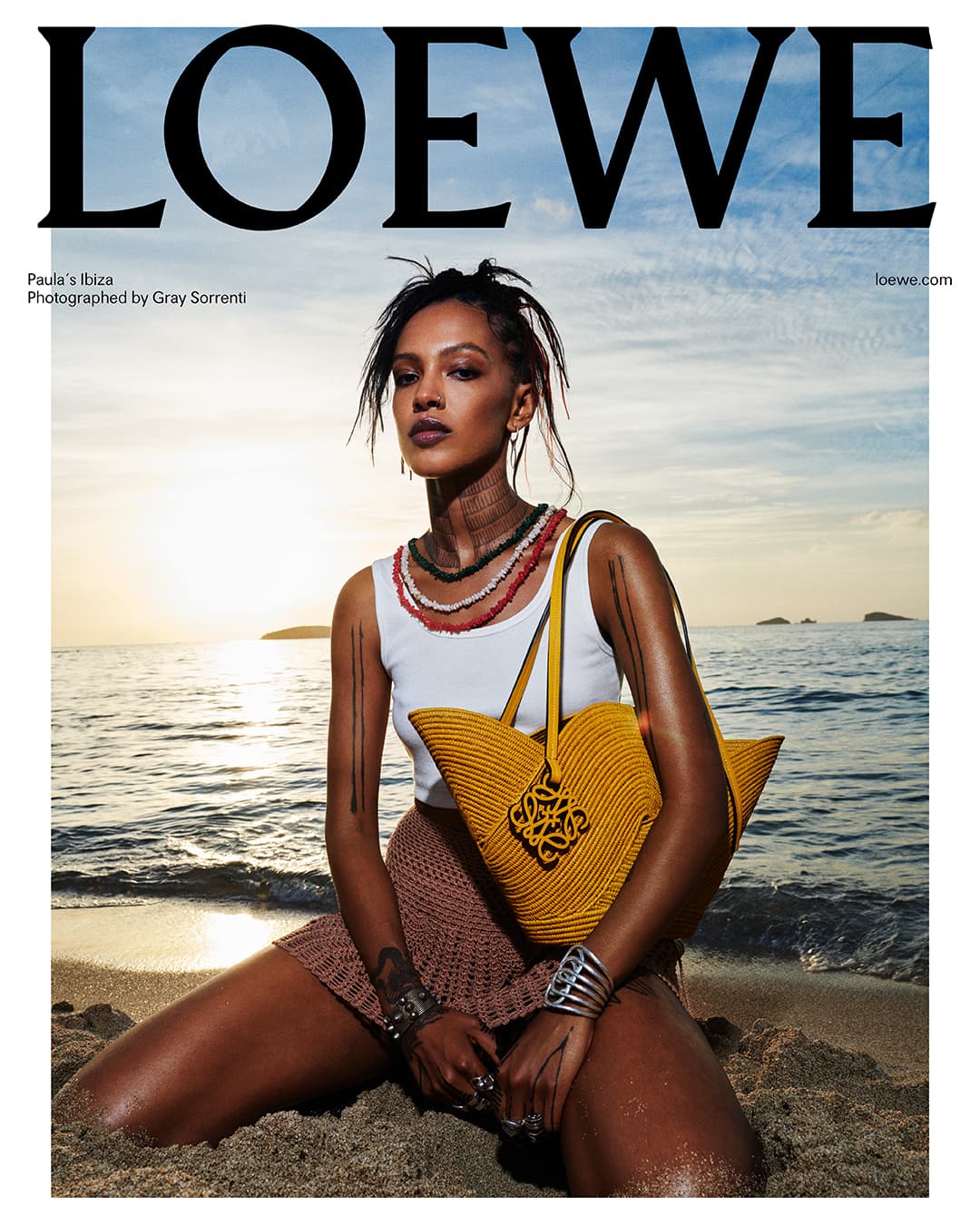
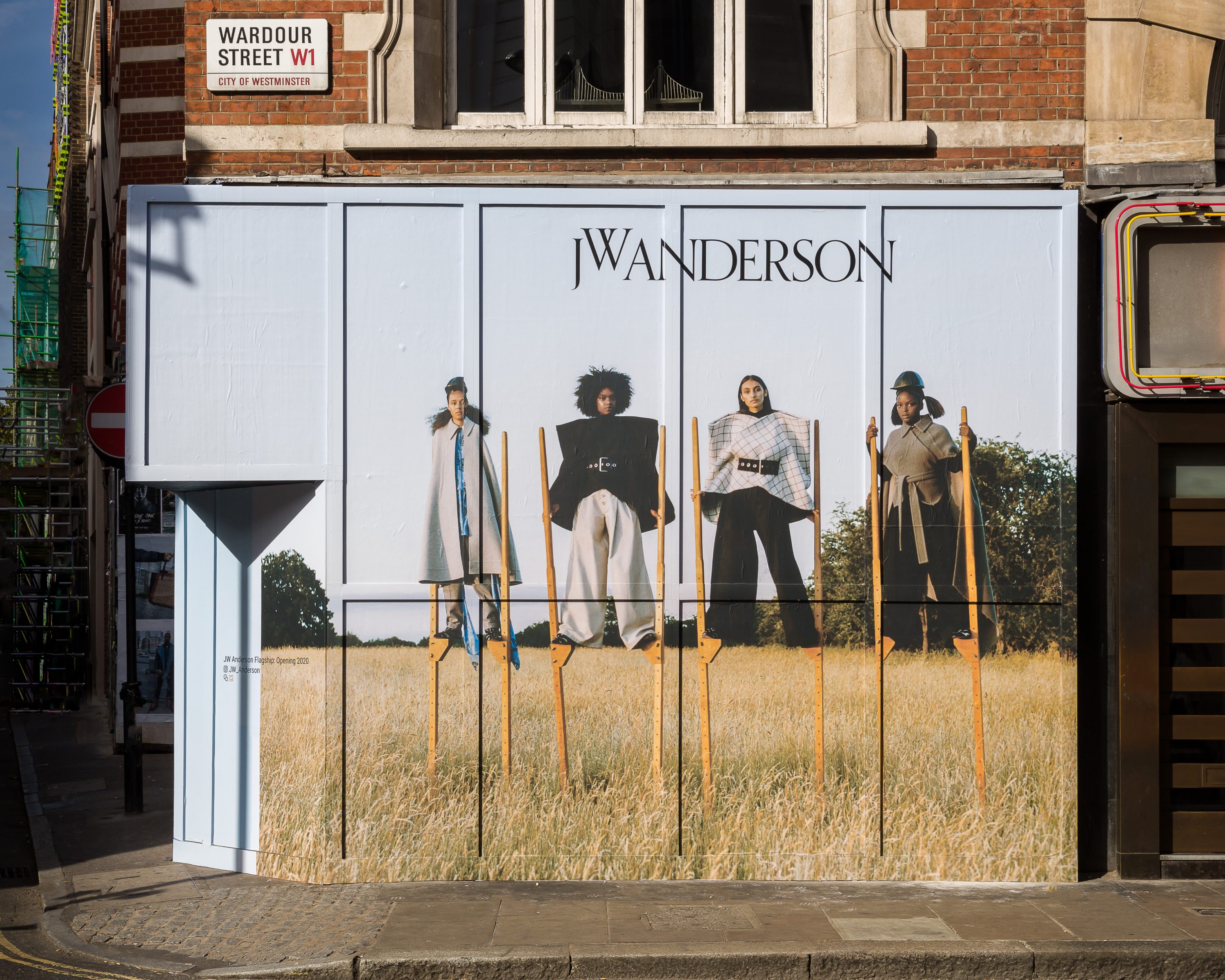
It’s small wonder that LOEWE under Anderson’s leadership has also blended the old and new. But far from merely replicating his achievement from his previous work, the designer has acknowledged influence from Spain’s Mediterranean lifestyle. A kaftan in the Paul’s Ibiza collection, for example, drips with the island’s colors and a seagreen. The collection itself, as we wrote in the review, took inspiration from a club on the island. LOEWE lets Anderson’s vision take root, while not forgetting its own past.
Learn From Partner Brands
Yet the brand has become forward-thinking, and this is surely a reason for its recent success. Anderson has inaugurated a new era by moving LOEWE’s headquarters from Madrid to Paris, closer to where he is based. LOEWE is now in the orbit of its larger sister brands in the LVMH portfolio and the fashion industry at large. The company’s move to this fast-paced environment helps it stay in touch with—and ahead of—surfacing trends.

No longer can LOEWE be dismissed as a languid legacy brand. Since the move, it has been able to follow the industry’s lead in courting a younger demographic. A notable collab, LOEWE x Howl’s Moving Castle, showed the house’s playfulness while nodding to millennial and Gen-Z tastes. Though the Studio Ghibli film came out nearly 20 years ago, it has had a cult following that the brand has capitalized on. (The collab is also another instance of Anderson’s fondness for pop culture.)
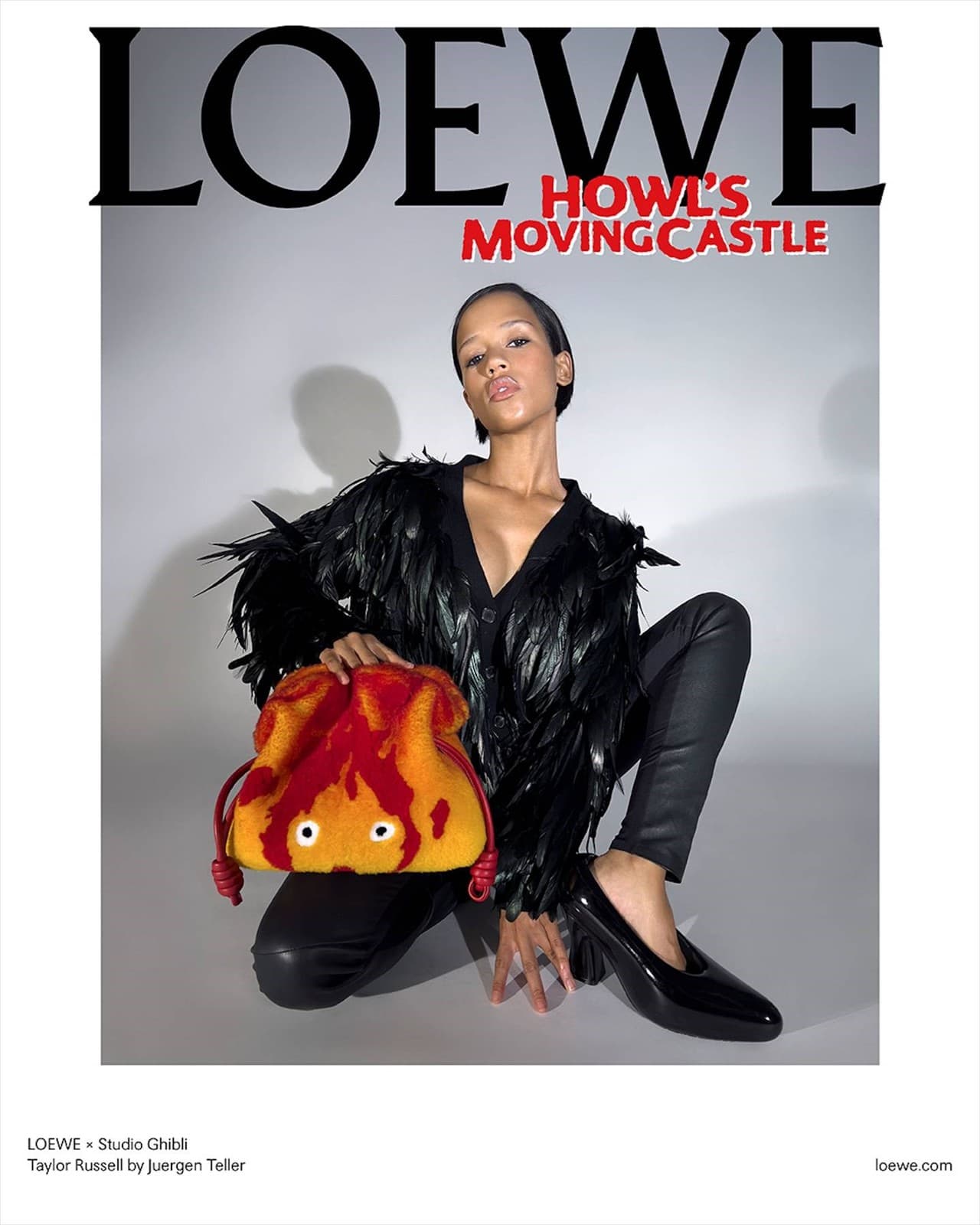

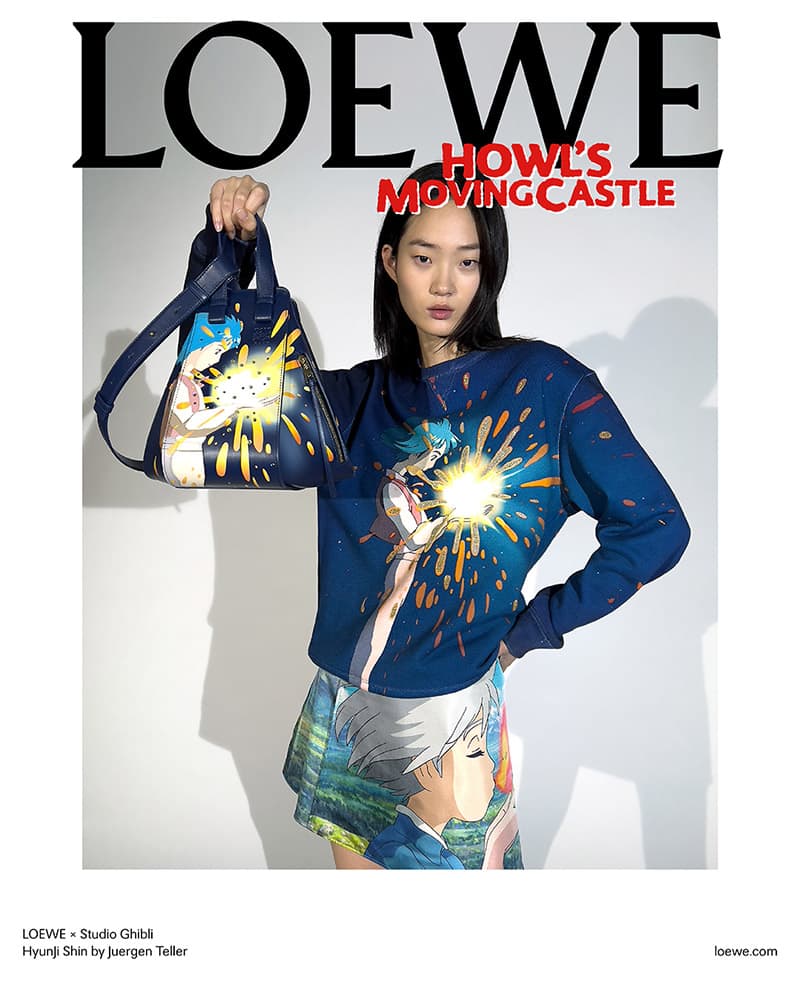

Presumably to that end, LOEWE has signed on KPOP sensation Taeyong of NCT as a brand ambassador. As The Impression noted in an Insight, skillful use of brand ambassadors can boost value tremendously, and KPOP stars garner a tremendous amount of Gen Z appeal. All of these signal a shift in LOEWE’s approach, though its DNA hasn’t been effaced. A streak of staid elegance can still be detected in each of their products.
Key Takeaways
LOEWE, under Anderson, has been catapulted to new heights. If it keeps up this growth, it could soon be an industry leader. This transformation has not lost sight of the brand’s roots, however. Its early history as a leather goods manufacture has received new life as a craft-oriented luxury house. Although it’s now based in Paris, the languorous Spanish lifestyle is still the leitmotif for its forward-thinking lines. We look forward to how LOEWE will continue to capture sun-soaked elegance.
